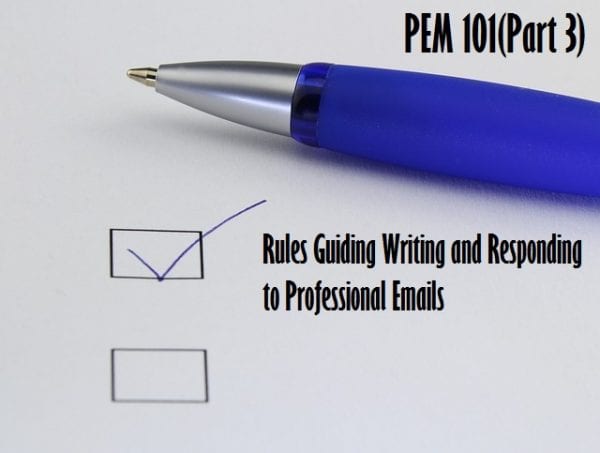As a customer service representative or the manager of the customer service department at your organization, your focus is on how to shorten the turnaround time for responding to customer inquiries while ensuring you deliver the highest quality of service every single time. Properly developed canned responses and scripts enable customer service representatives and service teams to deliver world-standard service promptly.
A canned response is a pre-written email/message used to respond to FAQs or inquiries. Therefore, canned responses must be developed carefully to ensure that they are fit for purpose, are consistent with your brand image and communicate effectively. Sending canned responses to customers that are irrelevant to their request, do not fully respond to their inquiry or offend customers will be detrimental to your organization.
Here are some tips on how to develop canned responses for FAQs & Inquiries:
Survey Your FAQs and Inquiries
The first step to developing canned responses to your FAQs and Inquiries is to determine which questions are most frequently asked and what inquiries your team receives the most. Email history, logs, and other customer service documentation will help you determine the most reoccurring issues. Also, consult your customer service representatives to determine their picks for the most frequent inquiries and questions.
Another technique for generating your list of FAQs and inquiries is to review your product/service offering and imagine the challenges users/customers may face, clarifications they may need and terms that require explanation. You can generate this list for each step of your customer engagement/life-cycle to ensure you create a comprehensive list of possible questions and inquiries.
Once you have generated a comprehensive list of possible questions and inquiries you may receive from customers, you can move to the second step in developing canned responses for FAQs and Inquiries.
Answer the FAQs and Inquiries
Study your generated list of possible customer questions and inquiries then try to answer each question in layman terms. Your answers should be in very simple and easy to understand language. Avoid using technical terms and jargon in your answers.
When answering the questions you have generated, imagine that the reader has no background knowledge of your business, product or service. Also, imagine that the customer does not have a lot of time to read lengthy information but wants a quick fix for their issue.
The best answers will anticipate follow up questions and provide all relevant information. The provision of relevant information does not translate to lengthy answers. Use links and attachments to direct customers to more detailed information about your product or service as these are often already available on your website or catalog.
Test Your Canned Response
Once you have answered all the questions you have listed, test the accuracy of your responses. You can validate your canned responses internally among your customer service representatives. Share the answers to the various questions and get feedback on how well each answer addresses the issues.
Canned responses that pass this quality test can then be used externally in response to customer inquiries and questions. Monitor how your canned responses perform when used to handle customer inquiries by asking customers to rate the quality of the response.
Review Canned Responses to FAQs and Inquires
Periodically review your frequently asked questions and inquiries to update your canned responses. Incorporate feedback from customers and updates to products and service into your canned responses as necessary to ensure your canned responses remain relevant.
Do not hesitate to edit or eliminate responses that customers report as unhelpful, unclear or confusing. As mentioned earlier, a feedback form asking customers to rate the quality of the canned response will help you assess and modify your canned responses.
Conclusion
Commercial and Service organizations receive thousands of emails, complaints, and inquiries every day. How quickly these organizations read and respond to these questions, inquiries, and complaints is often used as a quality control measure and benchmark. Therefore proactive organizations are constantly striving to improve their turnaround times on customer issues.
Developing and using canned responses is an effective strategy various organizations employ to improve turnaround time. For such as time-saving strategy, it is very easy to develop canned responses for your business/organization.
Simply take stock of the frequent questions and inquiries your organization receives. Organize these FAQs and Inquires according to the customer life-cycle, and then answer all questions and inquiries thoroughly using simple but clear terms.
Follow these simple tips for developing canned responses for FAQs and Inquiries and let us know how using canned responses impacts your current business operations.






